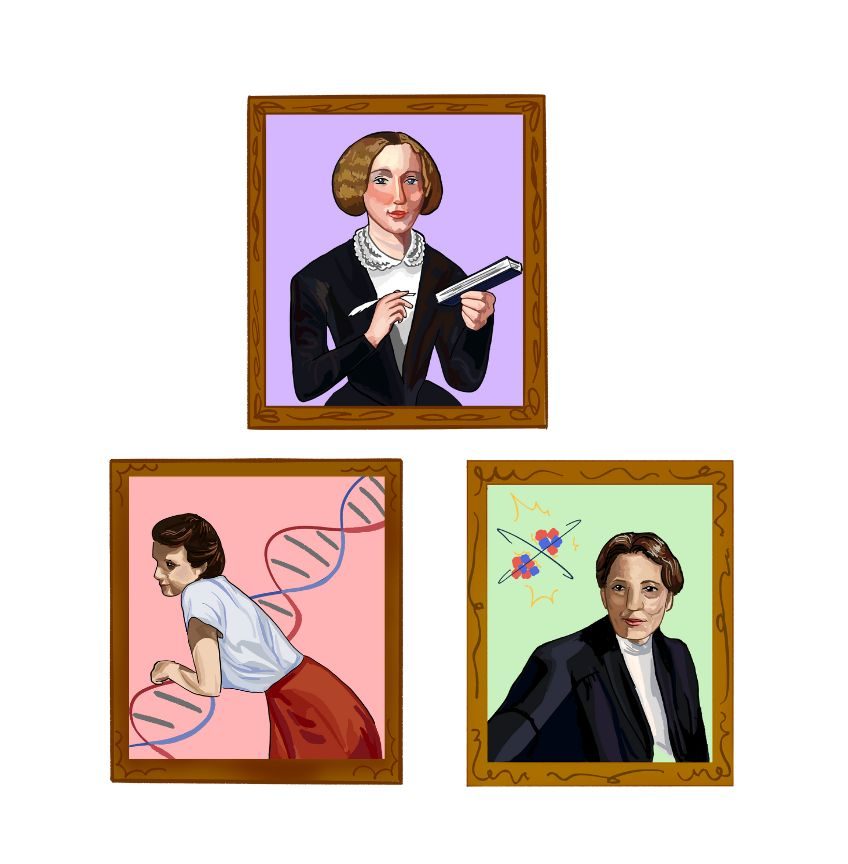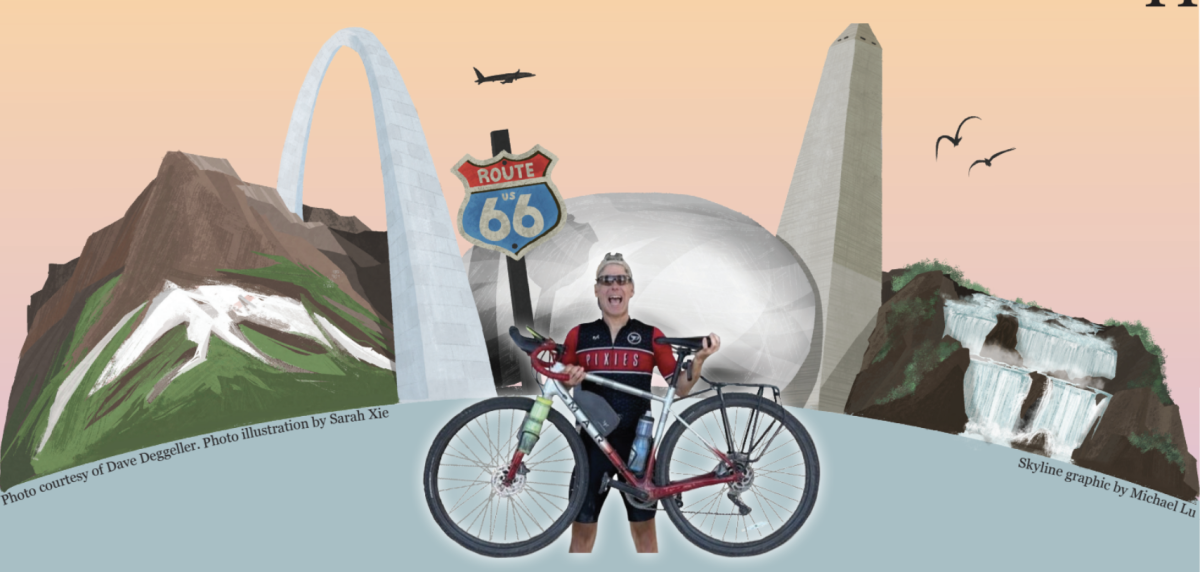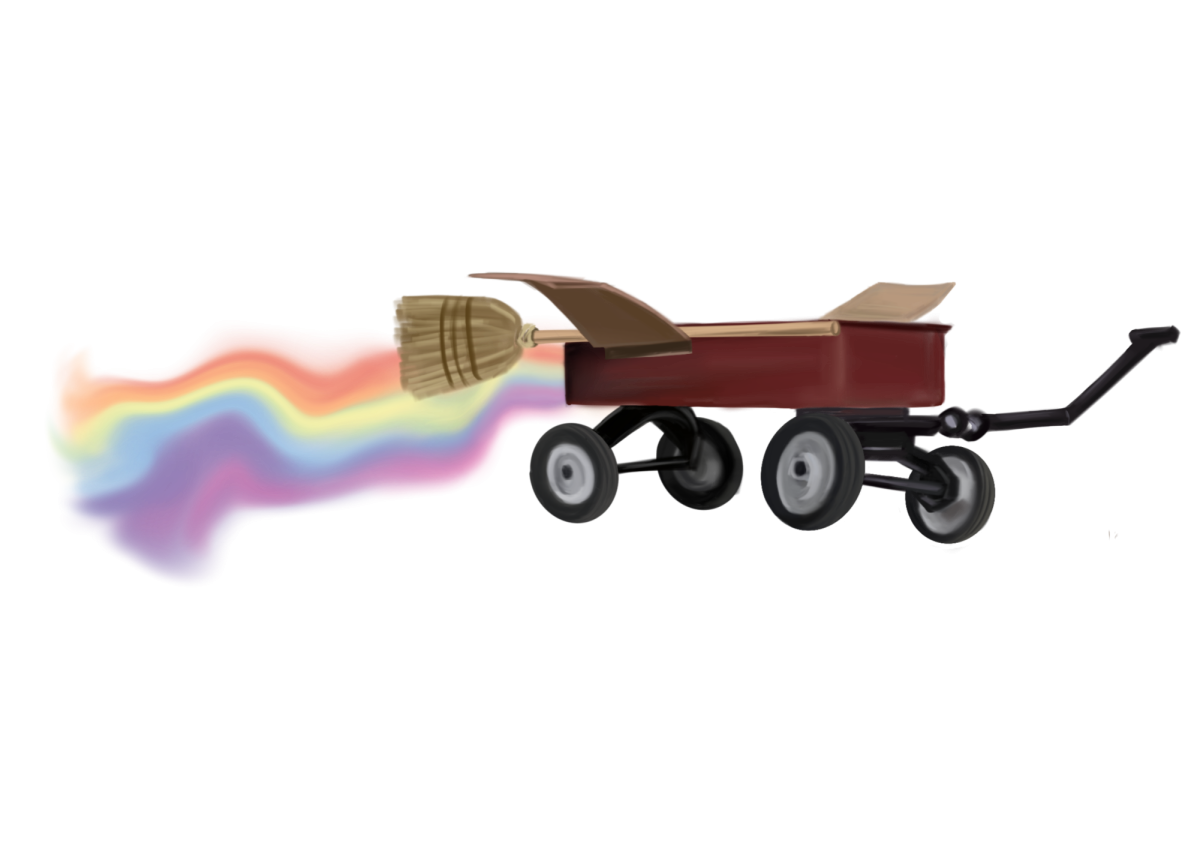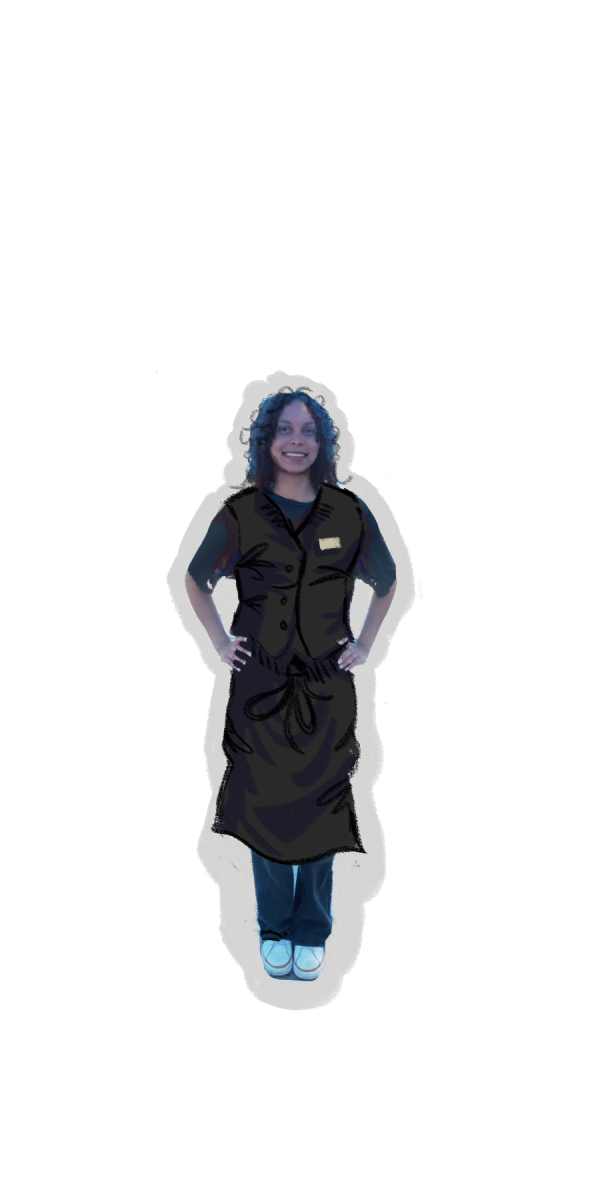Compiled by Janet Shea
The Oracle: Why did you decide to take this job?
Lynn Tabuchi: I heard great things about this district and about this school. After I had read about the district’s philosophy and vision, I wanted to check things out. This is my second year as the Inclusion TOSA. This year, I also co-teach two classes: Escape Lit with Mr. Igler and Film Lit with Mr. Brown.
TO: What are you doing now to include special ed students?
LT: As Inclusion TOSA, I work with teachers to help provide strategies that allow students to access the general education curriculum. In my role, I work more with teachers and not directly with the students. I do work with the students in my co taught classes, but that doesn’t fall under the job description of Inclusion TOSA.
TO: What are some of the changes in the TOSA’s role from last year?
LT: Last year I was getting to know the students, the staff and the culture at this school. I held informational sessions about different topics that teachers may have wanted to learn more about. I worked with individual teachers that asked for additional support. For this year, I am continuing to work with individual teachers and co-teaching teams, but I am also part of the Teaching and Learning team. I am also co-teaching two different classes.
TO: What do you do as an inclusion TOSA?
LT: My job is to provide support and assistance to teachers to ensure that students have the appropriate support and accommodations to succeed in the general education setting. I also work with teachers and provide strategies that allow student to access the general education curriculum. We work on anything from picking essential standards, designing lessons, providing accommodations, classroom management, etc. The Inclusion TOSA role is evolving as the needs vary at our school site. We try to be sure that we are addressing the needs of our students and teachers at this school.
TO: Is there any area the special ed system can be improved on?
LT: It would be fantastic if we had more education specialists to co-teach in additional subject areas or if we could hire more teachers to be in Robotics or even German. It would be fantastic to have more co-taught classes.
TO: What do you like about Gunn’s special ed program?
LT: All students in special education are included in the general education program. With support, students are able to access the curriculum and participate with their peers. It removes roadblocks for them and gives them the opportunity to be successful.
TO: What strategies do you use to help students gain access to the curriculum?
LT: Something as simple as breaking down material into smaller chunks and allowing students to process the new material. In our Escape Literature class, we provide an audio version of the short stories that we are reading in class. This allows the students to gather meaning from the text rather than getting stuck trying to decode some of the difficult words. The students can follow along with the audio version which also helps to increase vocabulary. The objective is for the students to use evidence from the story to support their opinion about Sherlock Holmes. The objective isn’t necessarily for the students to be able to decode the story of Sherlock Holmes.
TO: How do you work with teachers out- side of the classroom?
LT: Part of my role is also working with all of our co-teaching teams. We have planning retreat days once per quarter. Each quarter, I meet one day with our veteran teachers and one day with our new teams. There is facilitated learning in the morning for about an hour to two hours, and the rest of the time is allocated for them to plan. When creating learning opportunities, I always try to include a tactile/kinesthetic component in every lesson. Many teachers know a lot of these strategies and techniques but sometimes need reminders for what might be helpful for particular students. I am currently working with individual teachers and providing them with different strategies that can be used in the classroom to help with engagement, attention and access.












